Last month, I came to you with 3 ways to use ROAS for lead gen optimization. Today, I want to talk about another way Hanapin Marketing has begun embracing “back-end,” atypical KPIs in our PPC strategies and tactics. This example comes from a dynamic, sometimes complicated vertical that blends both lead gen and e-commerce attributes: Healthcare.
The Complexity Of Healthcare Marketing
Healthcare PPC mirrors lead gen strategy in that we are concerned with individual patients, and there is no “shopping cart” into which users can place their chosen service. Typically, a conversion means a new patient, a call to the office, an appointment scheduled, etc. However, healthcare can also mimic e-commerce PPC in that, unlike most lead gen accounts, repeated transactions are just as—or even more—valuable. We hope that, if/when the need for a healthcare provider reappears down the road, patients will choose to return to our office (even if Google won’t let us remarket to them).
Another unique challenge about healthcare marketing is that the goal is often to drive foot traffic to a brick-and-mortar location. This can cause headaches with PPC conversion- and revenue tracking, particularly for walk-in clinics or call centers that struggle to identify “what’s working?” and “what’s not?” Furthermore, smart marketers realize that each foot-in-store success can be the end result of a complex, integrated marketing web.
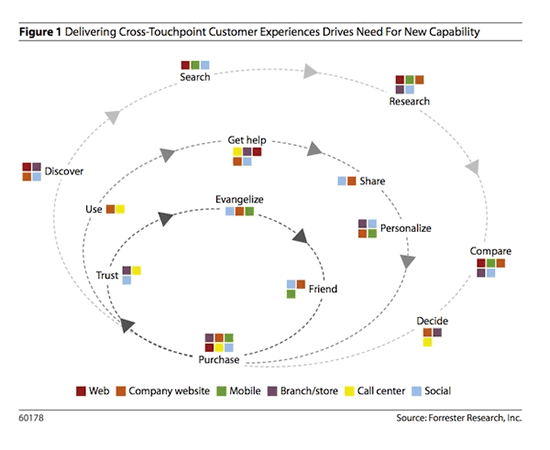
Rather than trying to dissect this and pull only the PPC strands, what if we embraced the whole and built on this symbiotic foundation? Budgeting by day of the week is one way to do just that.
Day-Of-Week Budgeting vs. Dayparting
If you don’t already employ day-of-week budgets, you may be thinking to yourself: How is budgeting by day of the week different than dayparting, which I already do regularly and effectively?
Well, let’s consider what each strategy is doing and why.
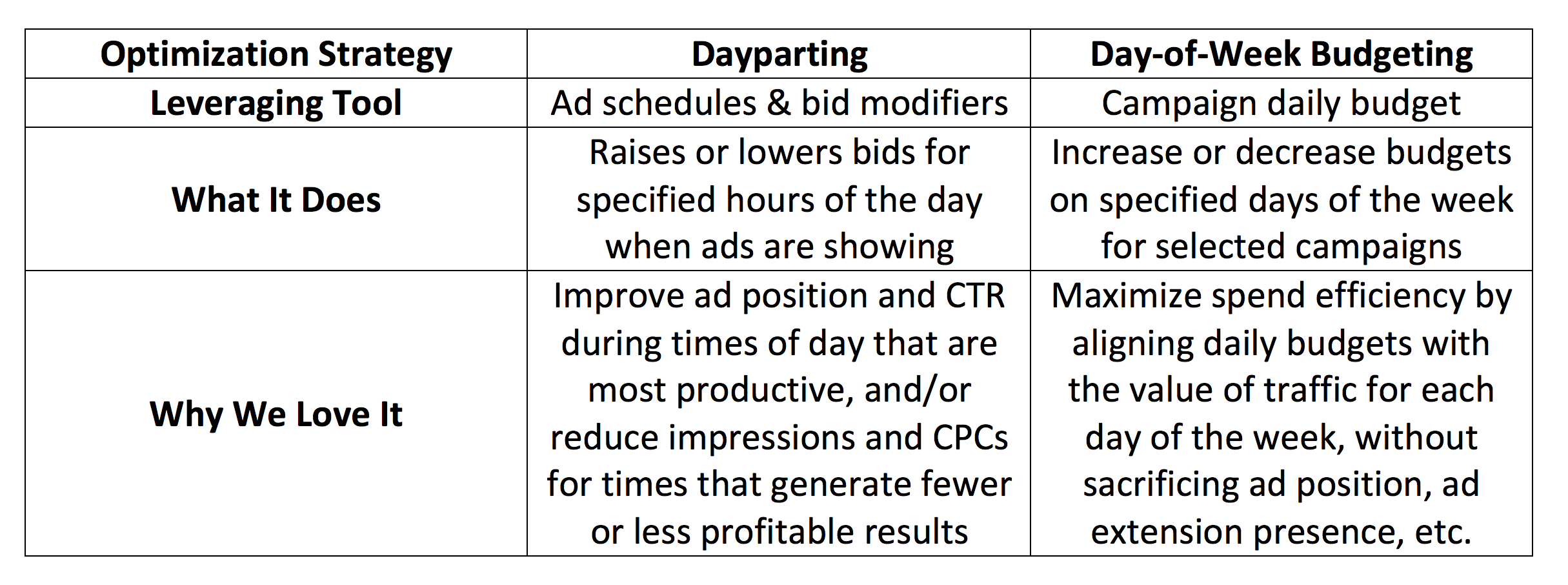
In short, just because I value Tuesday calls to my business more than Friday calls, that doesn’t mean I want my Friday ads to drop to position 3 and stop showing my ad extensions (a risk I run if my dayparting strategy bids down too strongly in this competitive field). On the other hand, if I want to increase the number of potential patients who see my site on Monday vs. Wednesday, but I am already maintaining an average position of 1, dayparting has little to offer.
Thus, day-of-week budgeting is not at all a strategy that replaces dayparting. Rather, the two can be employed cooperatively to ensure that every dollar is doing its best work on your behalf.
[bctt tweet=”Use day-of-week budgeting with dayparting to get the most out of each #PPC dollar.” username=”akaEmmaLouise”]
Day-Of-Week Budgeting with Non-PPC KPIs
Day-of-Week Budgeting isn’t itself a revolutionary approach to campaign management. Many account managers already do this, using AdWords Automated Rules (or similar features in other PPC platforms). The trick is knowing how to combine this useful tool with non-PPC performance data. I’ll quickly walk you through one approach to setting up your day-of-week budgets with non-PPC metrics, whether internal or client-supplied.
First, download your usual Campaign Report, segmented by Time >> Day of the Week. You can use any time frame with enough quality data, but this should also match the period of your non-PPC data set. For best results, we recommend using week-based date ranges (i.e. 4 weeks vs. 30 days, 12 weeks vs. 90 days, etc.) to avoid skewing the analysis.
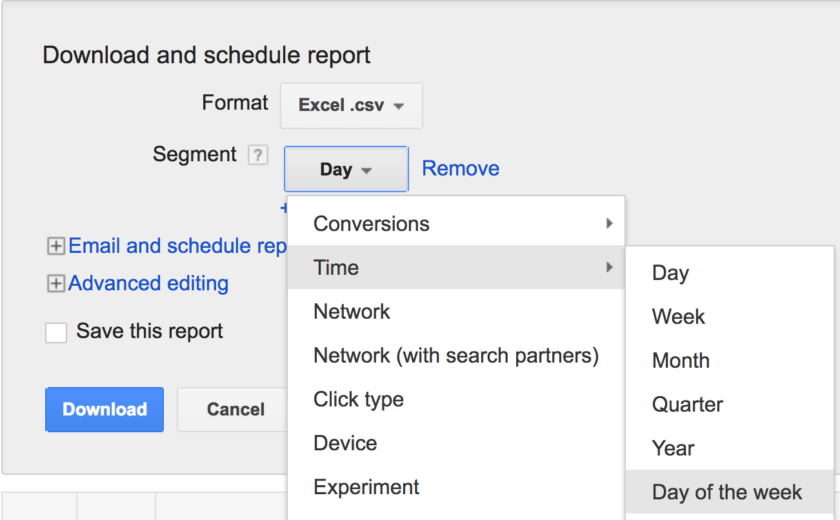
Second, combine your PPC and non-PPC data into a single sheet, making sure that the “day of week” column spans both data sets. Pivot your data into a Day-of-Week table showing Impressions, Clicks, and Cost. If your non-Adwords data is segmented by location, or another attribute which is mirrored in your Adwords account, you can include those in this table as well (we’ve included these using the “labels” field).
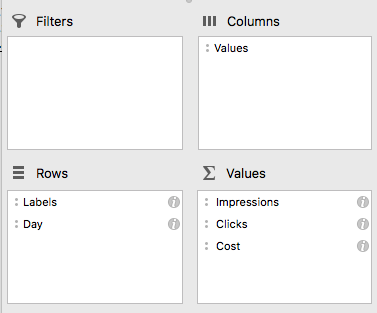
Rather than including a standard “Conversions” column, we will instead add our more comprehensive “Office Visits” metric (or whichever non-PPC conversion metric you’ve chosen). We then calculate the Avg. CPC, Cost/Visit, and Visit/Click columns.
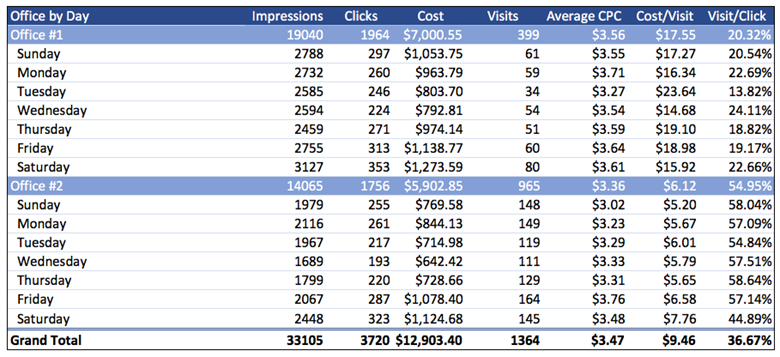
Next, we subtract the Avg. Visit/Click from the current day’s Visit/Click to get our Budget Adjustment for each day of the week. In an Excel formula, this would look like:
=(Daily Visit/Click – Avg. Visit/Click)
We then multiply (1+Budget Adjustment) by our total spend goal (the sum of campaign daily budgets for the given segment) to get the New Daily Budget.
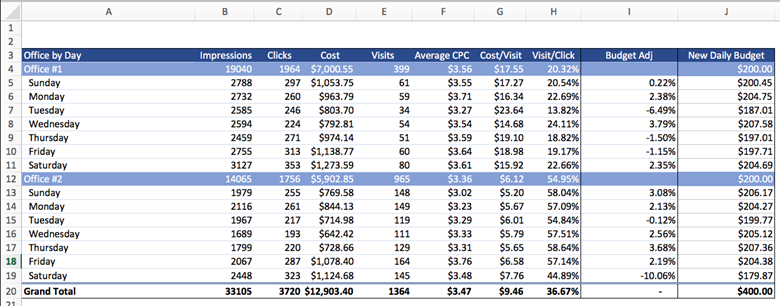
The last step here is to find the percent change between each day’s “New Daily Budget” and its predecessor. This will give us the modifier we should apply to each campaign’s daily budget, taking into account the previous day’s changes. A simple formula here is:
=(Today’s New Daily Budget – Yesterday’s New Daily Budget)/Yesterday’s New Daily Budget
which should be calculated for each day of the week. You should also take note to adjust budgets manually on the day of implementation by substituting “Today’s Current Budget” for “Yesterday’s New Daily Budget” in the formula. From there, the day-to-day budget adjustments can cycle seamlessly week-to-week.
Putting It All Together
Now that we have our campaign budget adjustments ready, it’s time to apply them to the account. There are a number of ways to find the optimal daily budgets for your campaigns, and we won’t be getting into that here. I’ll just assume that you’ve already run Solver, or found your own tried-and-true budget levels based on your familiarity and expertise.

For accounts that are not highly segmented (e.g. only one or two locations), the easiest way to implement your budget adjustments is with Automated Rules. We only need to create seven rules for each segment (one rule for each day of the week). For accounts that are highly segmented, stay tuned for “Part II” of this exercise, where we will delve deeper into adjusted budget matrices and implementation via Adwords Scripts.
In the meantime, please engage with me on Twitter to keep the conversation going. Share what successes (or challenges) you’ve seen with this kind of day-of-week budgeting and how else you’ve tried to integrate non-PPC metrics to help optimize your PPC campaigns!



